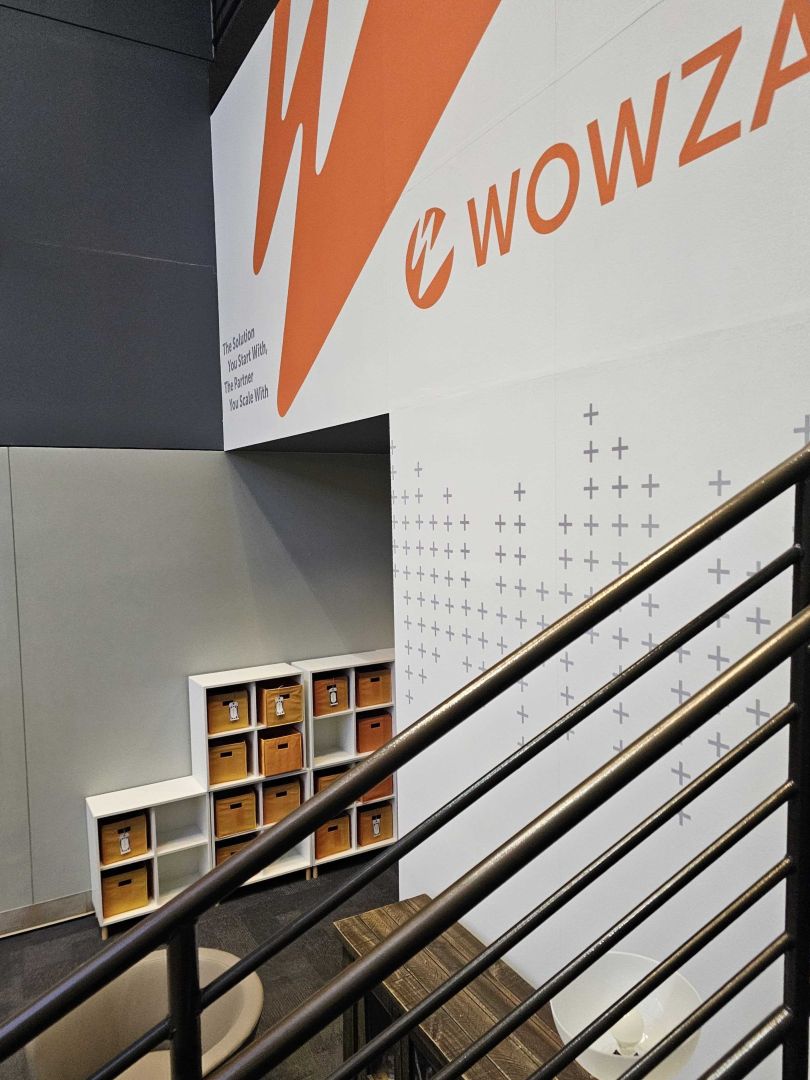“All happy families are alike; each unhappy family is unhappy in its own way.”
Tolstoy’s famous first sentence from Anna Karenina is frequently referenced in the context of marriage, but it’s equally relevant in the workplace. Like a family working together toward a collective goal, a successful product launch requires a team — and a set of guiding practices — to perform well.
It’s unrealistic to claim that success comes from avoiding every problem; rather, it’s through the courage to take risks and navigate challenges that a family or team emerges stronger.
That’s the perspective of Wowza Media Systems Chief Technology Officer Michael Phillippi regarding the company’s recent development of its software update, Wowza 2.0.
“There are well-established practices that make teams happy, and we’ll continue to build on them knowing we’re committed to improving,” he said.
The Process
Wowza’s recent bloom of growth took root when the company acquired the video platform, Flowplayer. While seeking to leverage its video expertise for file-based workflows, they discovered that Flowplayer already possessed the desired features. Seizing this opportunity, Wowza strategized to align Flowplayer with Wowza Video — merging the strengths of both platforms swiftly and efficiently, but it would require the help of several teams.
PHILLIPPI’S ROLE IN WOWZA 2.0
Phillippi told Built In that he thinks of himself as a coach with three main responsibilities:
1. Placing the right people in the right positions
2. Equipping team members with the necessary tools and support for success
3. Offering observations and perspectives on process, technology and outcomes
Led by Chief Product Officer Ashique Anwar, those involved initially debated the build versus buy logic, prioritizing time to market. They focused on building core aspects aligned with their product strategy while opting for third-party solutions for auxiliary technologies to expedite development.
ANWAR’S ROLE IN WOWZA 2.0
- Empowered product managers to discern customer needs
- Prioritized tasks using data-driven insights
- Fostered effective collaboration with engineering
- Guided UX designers to ensure seamless user experiences
- Facilitated the customer upgrade process
- Oversaw strategic alignment to drive product success
- Focused on enhancing customer satisfaction
This first meant employing NewRelic for monitoring to identify potential issues proactively, track service levels and measure user application usage before transitioning to a scalable database management system to manage data more effectively and handle application requests at scale.
Next, the team used user interface framework React UI to improve user experience and speed up development, while also consolidating cloud workflows to streamline operations, lower costs and enhance infrastructure scalability and resilience.
Despite the challenge of deciding between building and buying solutions, Anwar said this hybrid approach ensured swift market entry without compromising the product’s integrity or innovation.
Overcoming Obstacles
Collaborating with numerous individuals to build a unified platform didn’t start smoothly. There were challenges — such as the team primarily working asynchronously. While communicating mostly via Zoom and Slack, there were several instances where the team recognized that the complexity of a challenge necessitated face-to-face collaboration, in which case, team members were arranged to travel to the Wowza office in either Denver or Stockholm.

The challenge proved worthwhile, especially with the breakthrough of the team’s approach to facilitating a seamless and safe migration for customers to the new platform.
Throughout the process, customer-facing teams were empowered to influence the timing of customer migrations, optimizing the overall migration experience. This provided customers with the flexibility to switch between platform versions, allowing them to experience the new platform before fully committing to the migration.
“Collaborating with six diverse teams across different geographical locations presented challenges, but our commitment to aligning priorities streamlined the process,” Anwar said. “This not only boosted productivity but also guaranteed a successful outcome.”
“Our commitment to aligning priorities streamlined the process.”
“This project resulted in a much stronger organization,“ Phillippi agreed. “We’ve experienced shared success which creates enjoyment for the entire team.”
One Team, #OneWowza
With this approach applied, Wowza’s team continues to enjoy success in every venture, no matter its size.
“Our journey taught us the importance of evolving into a cohesive unit that included engineering, product management, project management, design and other organizational facets, all united in testing,” Anwar said to Phillippi’s point. “We leveraged our collective strengths to foster synergy, driving us towards shared goals and strengthening our commitment to excellence.”
To bring it back to Anna Karenina, while paths to success may vary, a happy family is defined by the ability to confront challenges and adapt together.
Just look at Wowza.







